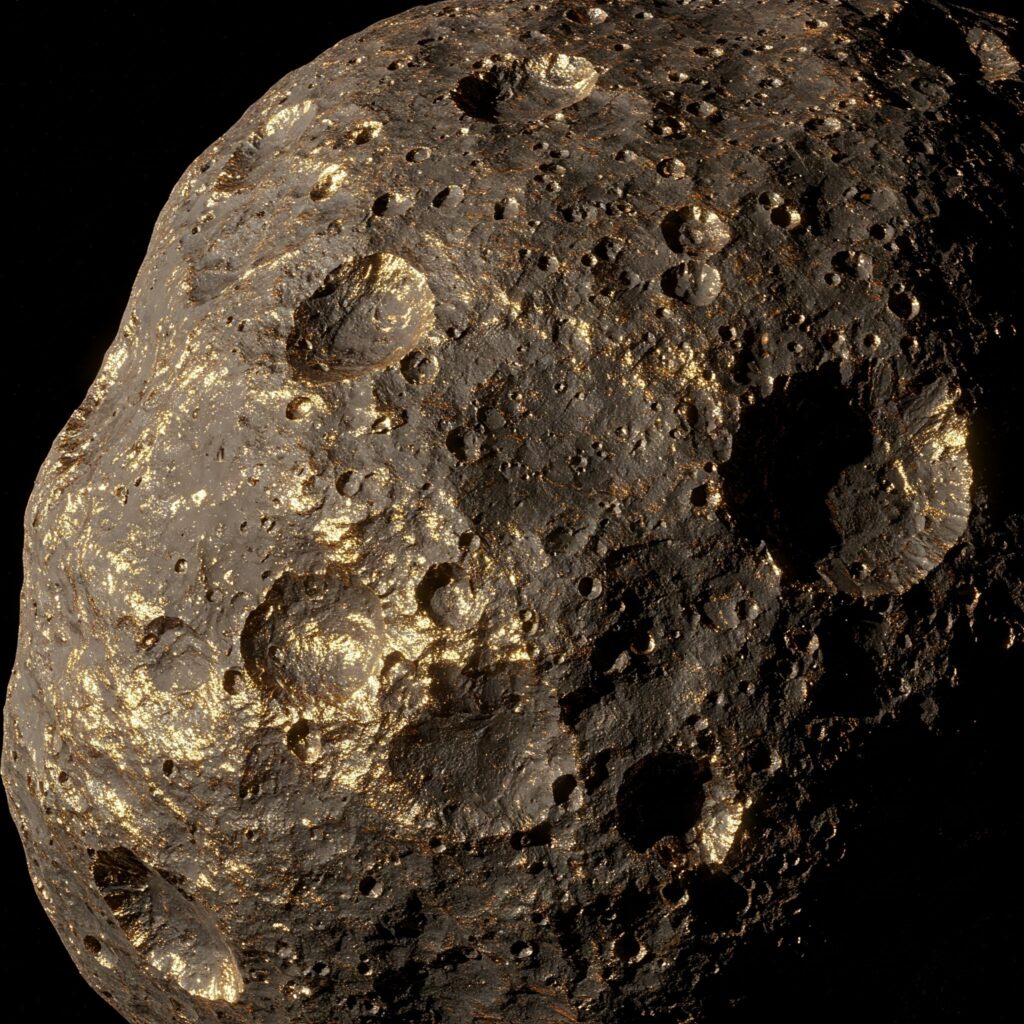Introduction
NASA’s Psyche spacecraft has reached its destination: the metal-rich asteroid 16 Psyche. This historic milestone, achieved in 2025, marks the first time humanity will explore a world composed primarily of iron and nickel. The mission aims to reveal insights about planetary cores, solar system formation, and the building blocks of terrestrial planets.
About the Psyche Asteroid
Located in the main asteroid belt between Mars and Jupiter, 16 Psyche spans about 140 miles across. Spectral analysis indicates it consists largely of metallic elements, unlike typical rocky asteroids. Scientists hypothesize Psyche may be the exposed core of a protoplanet, providing a unique window into planetary differentiation processes.
Mission Objectives
Psyche’s key scientific goals include:
- Mapping Composition: Determine the asteroid’s elemental makeup
- Studying Topography: Image surface features and craters
- Measuring Magnetic Fields: Detect any remnant magnetism
- Gravity Science: Infer interior structure through orbital dynamics
Technological Innovations
The Psyche spacecraft carries advanced instruments:
- Multispectral Imager: Captures color and structural data
- Gamma Ray and Neutron Spectrometer: Measures elemental abundance
- Magnetometer: Detects magnetic signatures
- Telecommunications: Uses optical and radio telemetry for high-speed data transfer
Journey to Psyche
Launched in 2023, Psyche traveled over 2.2 billion miles, including gravity assists from Earth and Mars. Upon arrival in October 2025, the spacecraft began a series of orbital insertion maneuvers to establish stable mapping orbits.
Preliminary Findings
Early observations reveal:
- Surface Diversity: Regions with varying reflectivity, suggesting a mixed metallic and rocky composition
- Craters and Ridges: Indications of a dynamic geological history
- Weak Magnetism: Supporting theories of a once molten core

Scientific and Practical Implications
Studying 16 Psyche helps:
- Uncover the processes behind planetary core formation
- Understand solar system evolution
- Advance resource utilization concepts for future asteroid mining
Conclusion
NASA’s Psyche mission opens a new chapter in planetary science. By exploring a metal-rich world, scientists hope to unlock secrets of Earth’s core and the origins of rocky planets. As data streams back, Psyche will continue to deepen our understanding of the solar system’s hidden history.
